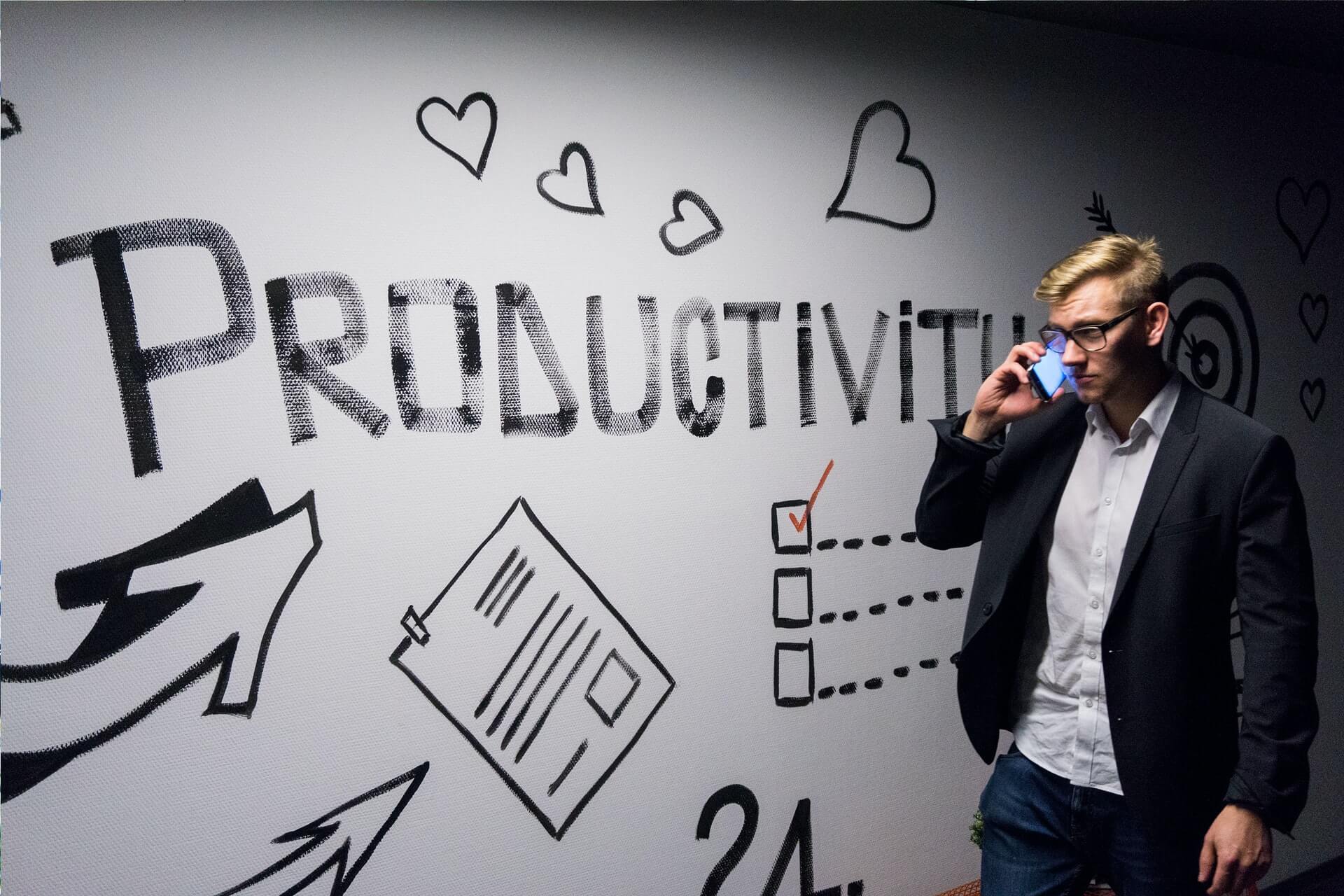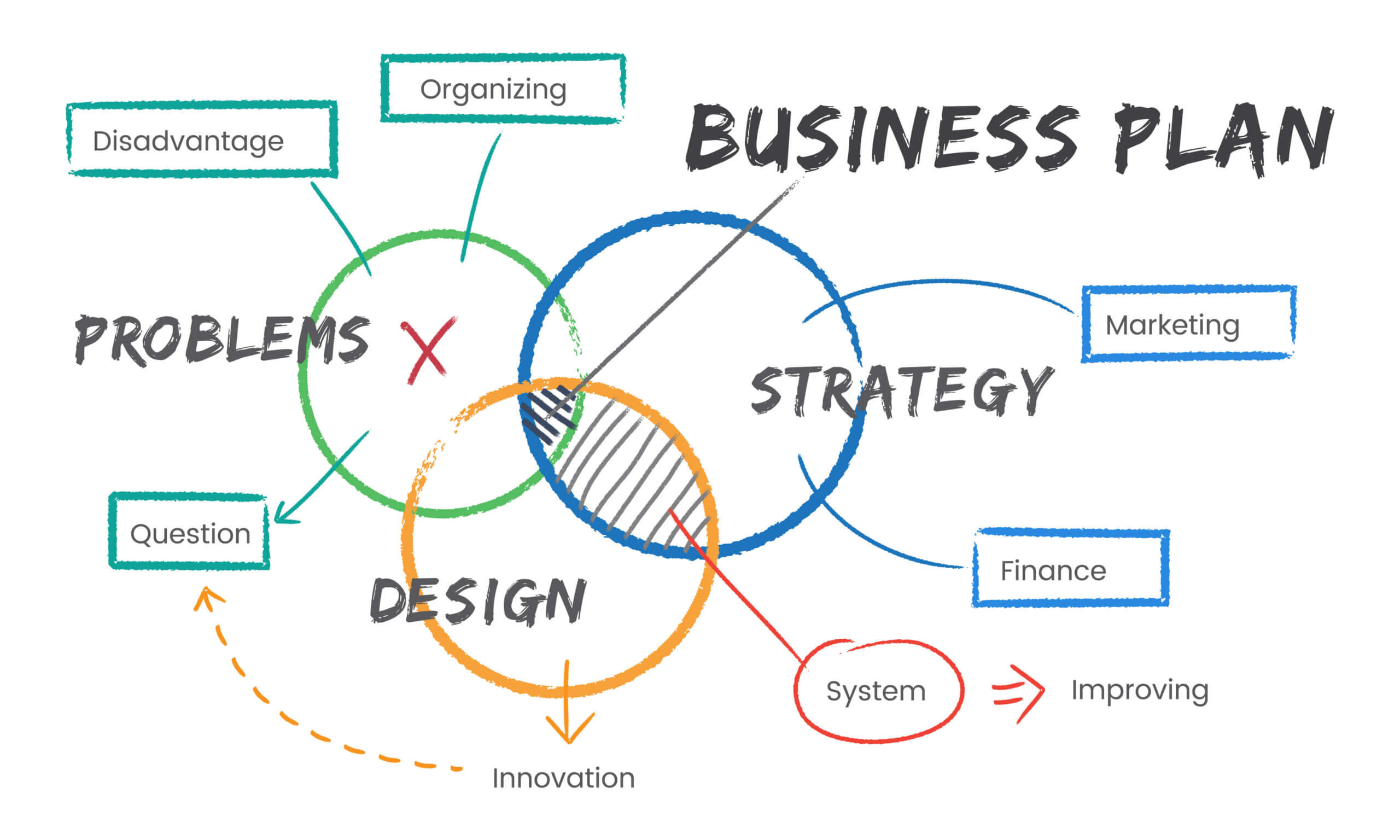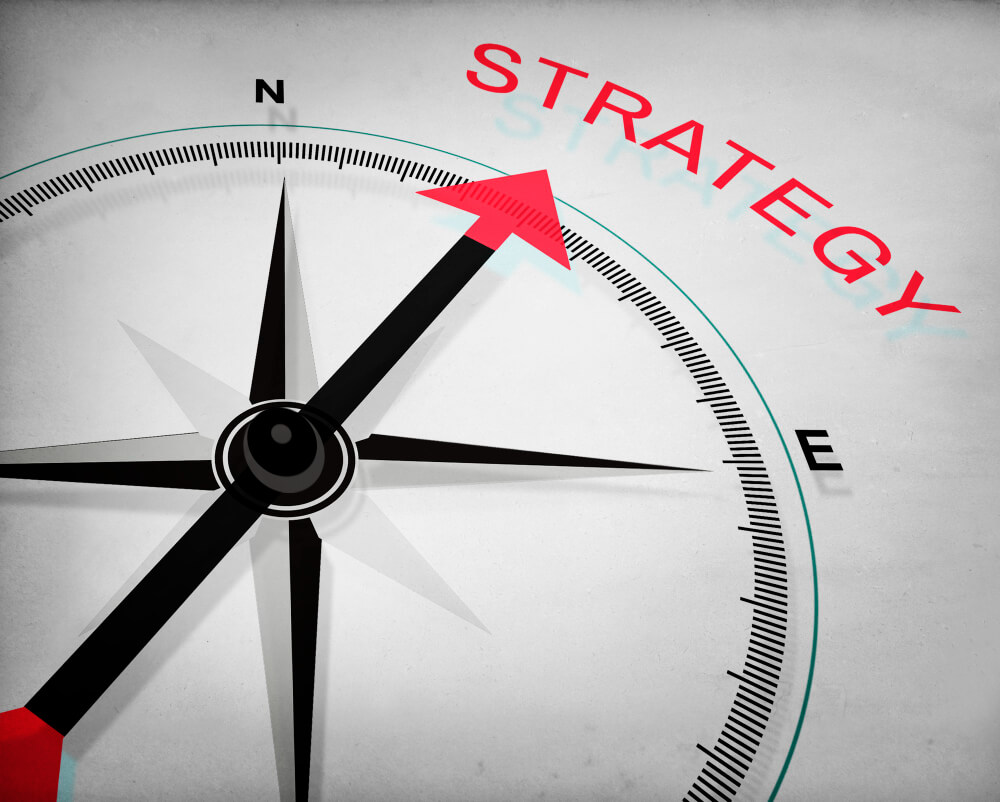Engagement Strategies: Rotating Flipchart Review
Facilitators often use breakout groups to increase involvement and get more done in a short…
Our content is reader-supported. Things you buy through links on our site may earn us a commission
Never miss out on well-researched articles in your field of interest with our weekly newsletter.

Subscriber

Facilitators often use breakout groups to increase involvement and get more done in a short…

Good Tuesday afternoon to you! It’s been awhile since I’ve had the pleasure of writing…

The Secret of the Starting Question The ability of the group to respond to a…

The table below summarizes the definition of each component of the Drivers Model. Vision A…

As the strategy leader, you have seven activities to which I recommend you pay close…

In the case study that started this chapter, we indicated that there are a number…

A major difference between leading and facilitating is that a leader often tells; a facilitator…

Leadership Strategies has developed the Drivers Model, a method for taking a strategic approach to…

For many, meetings are viewed as a dreaded evil to be avoided at all costs:…

Developing strategy takes time and resources. It requires the time and commitment of some of…

I’m Michael Wilkinson and I’m the host of this blog. You can read more about…

When developing strategy, managers are often called upon to interview executives and other managers on…